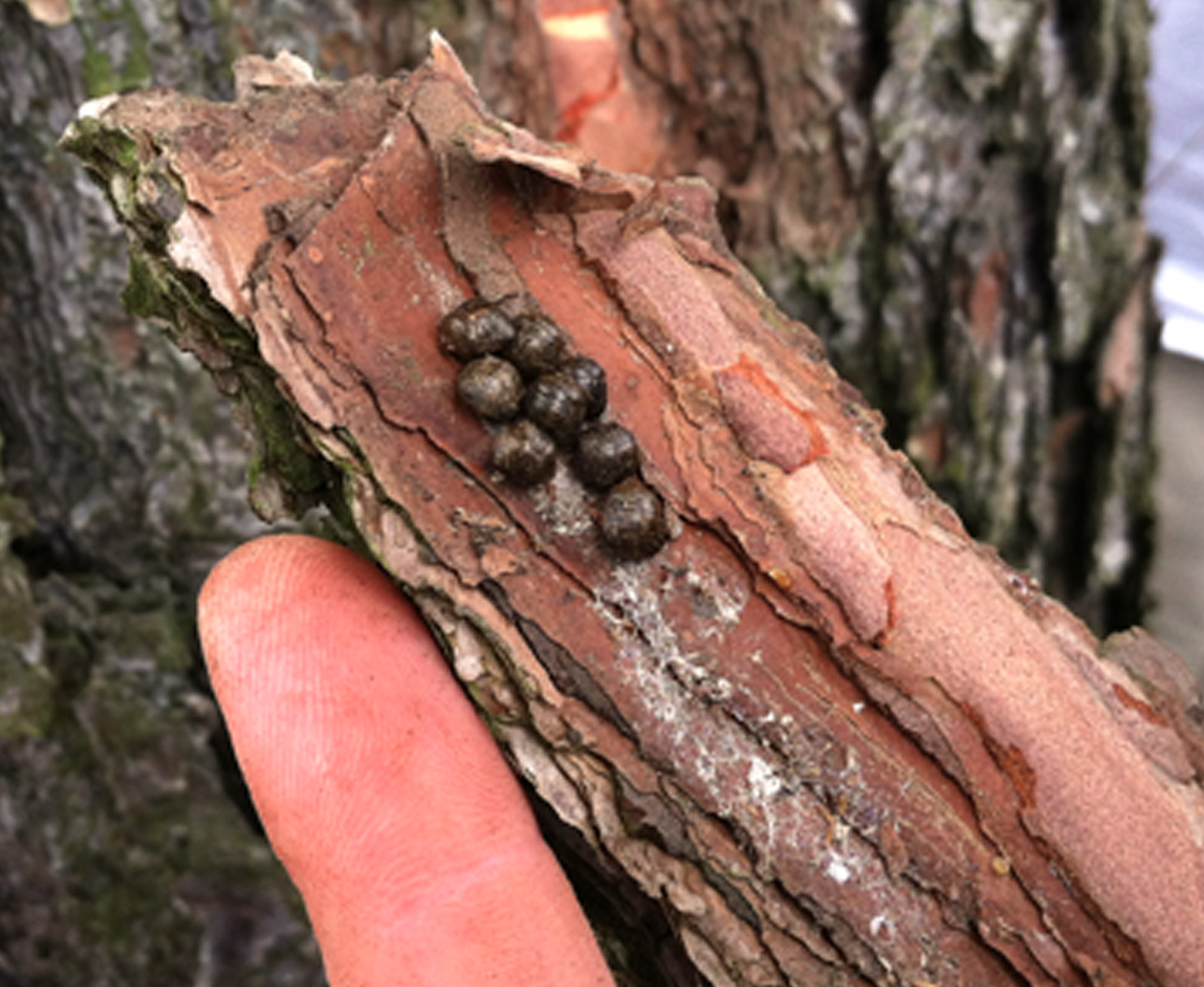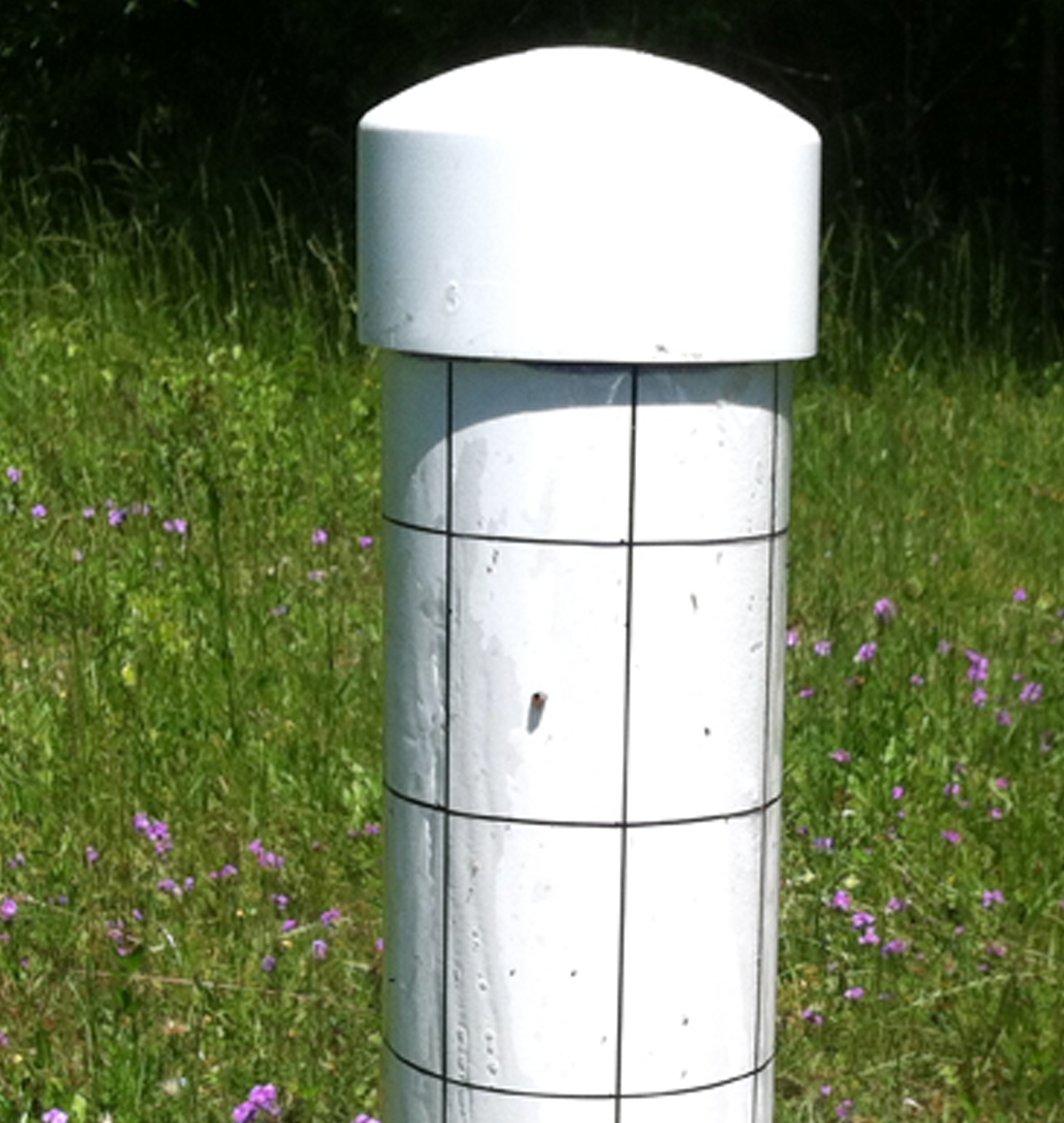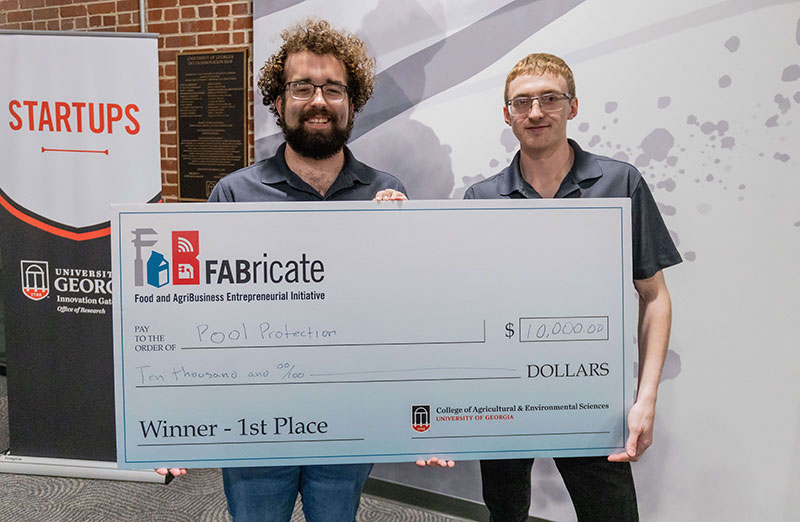A parasitoid wasp controls kudzu bug populations in its native Asia. University of Georgia entomologist Michael Toews hopes those wasps will one day reduce the kudzu bug’s presence in the United States.
“(Finding a predator) is exactly what we need to do for long-term suppression,” said Toews, a researcher with the UGA College of Agricultural and Environmental Sciences. “The problem is you can’t just go collect a bug from another land and release it. You have to study all of its non-target effects. Sometimes you can create more problems than you’re solving when you release a new species in a foreign land.”
U.S. Department of Agriculture and UGA entomologists are studying the wasp to see if it will parasitize other insects native to the U.S.
When kudzu bugs arrived in the U.S. in 2009, north Georgia soybean growers quickly realized the bug had an appetite for more than just kudzu. If untreated, kudzu bug damage can result in soybean yield losses ranging from 20-60 percent, according to UGA entomologist Phillip Roberts.
Kudzu bugs suck on the main stem and leaf of soybean plants, which weakens and stresses the plant.
“This is a major production challenge for us because this invasive insect pest has had no natural controls in the United States. This insect is native to Asia, China and Japan, specifically,” Toews said. “In those lands, there are parasitoid wasps that manage these populations. In fact, they’re not considered crop pests in their native land. But when it was introduced into North America and the Western Hemisphere, the parasitoid did not come with it, so that bug has been able to expand very, very rapidly.”
The wasp attacks kudzu bug eggs and kills the larvae before they hatch. The uncertainty surrounding the wasps’ potential impact in North America has Toews and fellow entomologists concerned.
“Entomologists, stakeholders and growers are all hoping that this little parasitoid is going to help us manage our kudzu bug populations,” Toews said. “ We’re all hopeful that it’s going to happen, but this is a new land (for the wasp), and we don’t really know if the same amount of control will be exerted as in its native area,” Toews said.
In 2012, researchers applied for the necessary USDA permit to release the wasp. Scientists must first demonstrate new pests are safe and do not alter the ecosystem before they are released. This usually takes a couple of years, but the parasitoid wasp was found in Georgia and Alabama last summer. Toews calls the findings accidental and is uncertain how the wasp made it to the U.S.
Genetic testing shows the newly detected wasp population is different than the strain being examined under quarantine. Research teams throughout the Southeast are monitoring the potential spread of the parasitoid wasp during this year’s growing season.
Two grants to study kudzu bug researchUGA scientists are using two new grants from the USDA National Institute of Food and Agriculture to find new ways to eliminate the kudzu bug’s impact in the U.S.
One grant will be used to look at different thresholds for reducing the pest in the field with the hope of eliminating all economic damage with a single pesticide spray.
The scientists are examining various factors, including the timing of pesticide sprays and what to use as a benchmark for insecticide application (stage of crop, time of year, foliage density or distribution of the bug in the field).
The second grant will fund a study of the biology and ecology of kudzu bugs in farm settings. After overwintering in the bark of pine trees, kudzu bugs flock to developing kudzu where the first generation of kudzu bugs develop. When they mature, the bugs seek out soybean fields.
Toews marks the bugs in kudzu using a fluorescent powder and then observes when, where and why the bugs move to soybean fields. Traps are strategically placed in soybean fields to monitor the kudzu bugs. When a marked bug arrives at the soybean field, Toews can determine when and where the bug was marked and how far it flew. Through this process, Toews is able to study the bugs’ capacity for flight, their differences in reproducing on different host plants and how likely they are to disperse at different times of the year.
For more information about the kudzu bug, see kudzubug.org.








